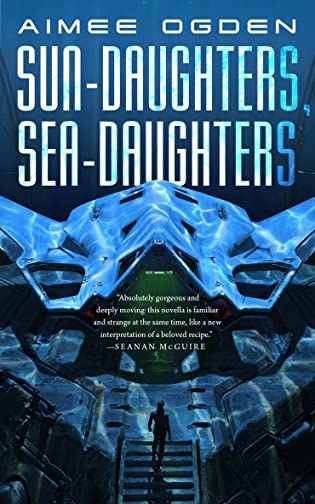 Sun-Daughters, Sea-Daughters by Aimee Ogden
Sun-Daughters, Sea-Daughters by Aimee Ogden Format: eARC
Source: supplied by publisher via NetGalley
Formats available: paperback, ebook
Genres: fantasy, retellings, science fiction
Pages: 112
Published by Tordotcom Publishing on February 23, 2021
Purchasing Info: Author's Website, Publisher's Website, Amazon, Barnes & Noble, Kobo, Bookshop.org
Goodreads
Gene-edited human clans have scattered throughout the galaxy, adapting themselves to environments as severe as the desert and the sea. Atuale, the daughter of a Sea-Clan lord, sparked a war by choosing her land-dwelling love and rejecting her place among her people. Now her husband and his clan are dying of an incurable plague, and Atuale’s sole hope for finding a cure is to travel off-planet. The one person she can turn to for help is the black-market mercenary known as the World Witch—and Atuale’s former lover. Time, politics, bureaucracy, and her own conflicted desires stand between Atuale and the hope for her adopted clan.
Sun-Daughters, Sea-Daughters has all the wonder and romance of a classic sci-fi novel, with the timelessness of a beloved fairy tale.
My Review:
I’m not quite sure what I was expecting with this one. I know it isn’t like anything I expected it to be – and that’s always marvelous.
OK, I was expecting it to be short and it was. This week kind of fell apart for me, so I was looking for something short to round out the week and get me back on track and this definitely ticked off those boxes.
Now that I’ve had a chance to cogitate on it a bit, Sun-Daughters, Sea-Daughters has left me with three sets of resonances that really shouldn’t gel, but somehow do.
First, there is a fairytale at the heart of this story, although I didn’t figure out which one until after the end. I was just not expecting an SFnal retelling of The Little Mermaid. And it isn’t obvious at first, but when you look back, all of the elements are definitely there, even though the happy ending in this version is way more bittersweet than Disney would ever have left things.
Although I think Atuale is actually a selkie rather than a mermaid, that isn’t clear in the story and it really isn’t necessary to know. What is known about her story is just about enough. She gave up her place as a Sea-Lord’s daughter because she fell in love with a land-dweller.
But Saareval is not a prince. And he doesn’t need to be. Love is love is love, as becomes even clearer as the story continues. Atuale’s shift from sea-creature to land-dweller was also the result of intervention by a witch with a hidden agenda, but the World-Witch is no Ursula.
And in spite of its fairy tale underpinnings, this story is no fantasy.
There’s a plague on Atuale’s world, and it is raging among the land-dwellers. Her husband and his entire family have been struck down with it and the healers are unable to find a cure. It’s up to Atuale to reach out to her friend-turned-enemy, the World-Witch, to make a deal to take her out to the stars in order to find a cure that her husband’s people won’t even want if she finds it.
But her journey among the stars makes her question every single thing that has happened since the day she left the sea. There’s an entire universe out there and Atuale is eager to explore it, along with someone who loves her exactly as she is and not just the parts of her that he finds acceptable.
“For all sad words of tongue or pen, the saddest are these, ‘It might have been’”. Atuale’s choices are both sad. She can save her husband’s people, knowing that they will never fully accept her or the cure she brings. Or she can travel among the stars. She can never do both.
And the choice, her choice, is both bitter and sweet.
Escape Rating B+:The above quote is by John Greenleaf Whitter from his poem Maud Muller, and it kept running through my head the entire time I was reading this story. It’s so clear that the story isn’t about the plague, but about Atuale’s choices about what to do about it.
She’s immune, she’s not going to get it no matter what happens. The process that made her capable of living on land did not fully make her one of her husband’s people, leading to their grudging tolerance of her but also her immunity to a plague that strikes only them.
So this is a story about what we sacrifice for love, because that’s the choice that faces Atuale at every turn. In order to have one love she has to give up another, and it’s a choice that tears her in two through the entire story.
I think I felt most for Atuale as she experiences the wonders – and very definitely the dangers – of exploring the wider universe. It’s a tease and a torment and she wants it and wants to share it, but the price is too high. Which does not erase that wanting at all.
But, and it’s just enough of a but to have kept this from getting an A grade, I wanted a bit more about Atuale’s people and their world, because it’s a much bigger world and a much sadder story than we see at first. It’s not that this story isn’t complete in itself, because it is, but rather that the relationship between Atuale and the World-Witch has SO MUCH history behind it and we get hints rather than a full picture. And I wish I had that full picture, complete with its story of love both requited and unrequited, royal privilege, royal politics and revolution. I felt teased and wished I had more to go on.
Initially, I said there were three things rattling around my head after reading this book. One was The Little Mermaid. The second was that quote from Whittier. The third is also from Disney, and was that ever a surprise. The ending of Sun-Daughters, Sea-Daughters and the post-credits scene from the third Pirates of the Caribbean movie, At World’s End, encapsulates the ending to the romances in both stories in a way that echoes back to the bitter sweetness of that quote from Whittier. Love and happiness, pain and heartbreak, all jumbled together in a ball of tears.

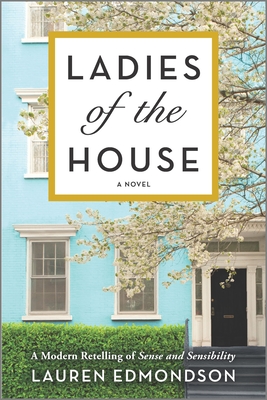 Ladies of the House: A Modern Retelling of Sense and Sensibility by
Ladies of the House: A Modern Retelling of Sense and Sensibility by 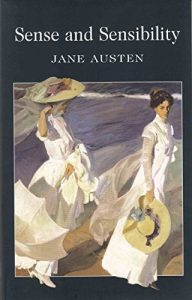 Escape Rating A-: I’ll admit that I didn’t figure out what was going on until I read the Author’s Notes at the end of the book. At first, I saw very little of Sense and Sensibility and a whole lot of a contemporary piece of women’s fiction with a political twist for spice.
Escape Rating A-: I’ll admit that I didn’t figure out what was going on until I read the Author’s Notes at the end of the book. At first, I saw very little of Sense and Sensibility and a whole lot of a contemporary piece of women’s fiction with a political twist for spice.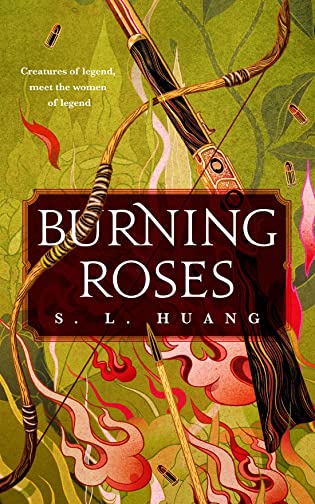 Burning Roses by
Burning Roses by 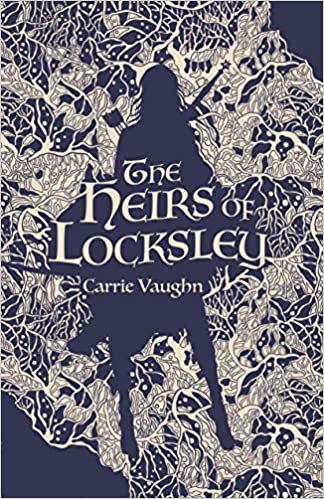 The Heirs of Locksley (The Robin Hood Stories, #2) by
The Heirs of Locksley (The Robin Hood Stories, #2) by 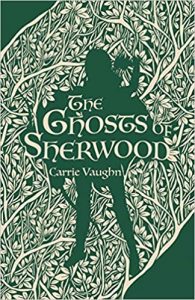 They also do a good job of giving bits of long-ago English history a face that makes them still feel relevant. The first book,
They also do a good job of giving bits of long-ago English history a face that makes them still feel relevant. The first book, 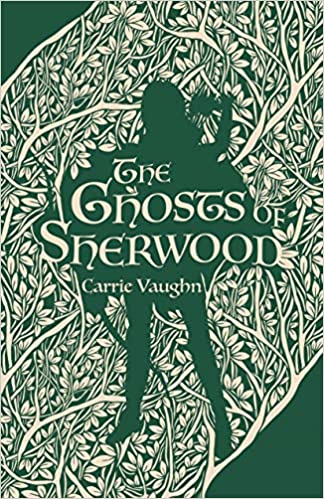 The Ghosts of Sherwood (The Robin Hood Stories, #1) by
The Ghosts of Sherwood (The Robin Hood Stories, #1) by 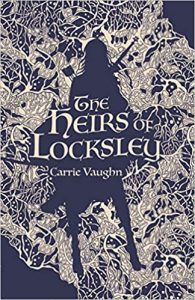 But the story also deals with the politics of the country as one king’s reign is about to end and his heir is a child of nine. That forces are jockeying for power, and that Robin will have influence and could possibly be influenced is a part of his times.
But the story also deals with the politics of the country as one king’s reign is about to end and his heir is a child of nine. That forces are jockeying for power, and that Robin will have influence and could possibly be influenced is a part of his times.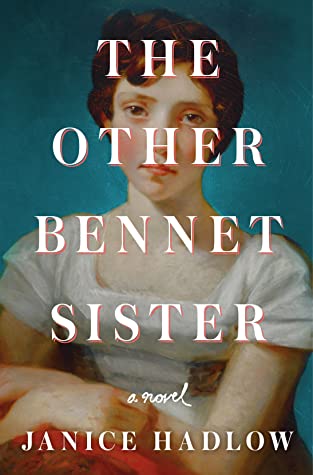 The Other Bennet Sister by
The Other Bennet Sister by 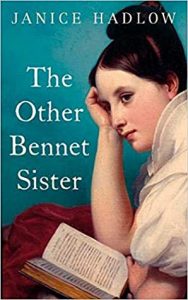
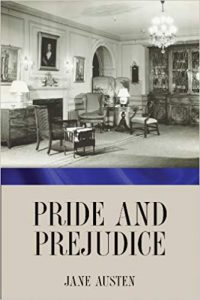 Escape Rating A-: In the end, I enjoyed The Other Bennet Sister considerably more than I expected to at the beginning. I’ve read Pride and Prejudice, but I’m not a fan or an aficionado. I found Mrs. Bennet in particular to be utterly appalling as a character, and Caroline Bingley and Catherine de Bourgh are not people I’d ever want to spend much time with. Certainly not enough time to ever attempt a reread of the book.
Escape Rating A-: In the end, I enjoyed The Other Bennet Sister considerably more than I expected to at the beginning. I’ve read Pride and Prejudice, but I’m not a fan or an aficionado. I found Mrs. Bennet in particular to be utterly appalling as a character, and Caroline Bingley and Catherine de Bourgh are not people I’d ever want to spend much time with. Certainly not enough time to ever attempt a reread of the book.